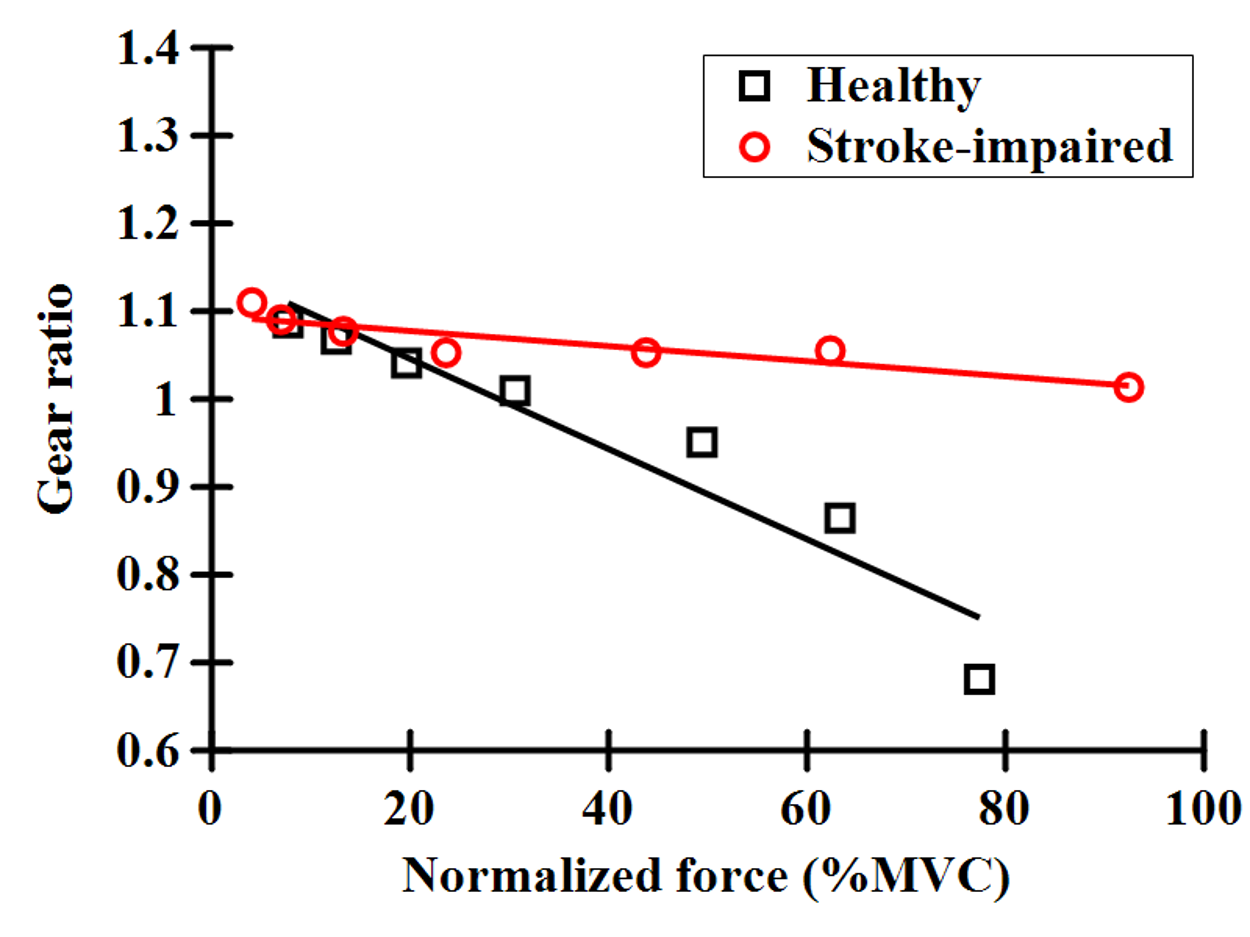Presenting Author:
Principal Investigator:
William Rymer, M.D.
Department:
Physical Medicine and Rehabilitation
Keywords:
Stroke, Muscle weakness, Fascicle rotation, Gear ratio, Muscle simulation
Location:
Third Floor, Feinberg Pavilion, Northwestern Memorial Hospital
B158 - Basic Science
Simulation study reveals changes in gearing function of stroke-impaired muscle
Muscle weakness is one of the most common motor impairments after stroke, which limits functional performance, but the mechanisms that contribute to muscle weakness are not fully understood. There are many changes that occur in muscle structures after stroke (e.g., shortened fiber length and decreased pennation angle) each one influencing the mechanical properties and consequently, the muscle force-generating capacity. This study aims to provide an insight into the pivotal role of muscle dynamical mechanical properties. The dynamic relationship between muscle and fiber shortening velocities is here characterized using gear ratio (i.e., the ratio of muscle shortening velocity to fiber shortening velocity). The ability of muscle to vary its gearing significantly influences global muscle performance, modulating the mechanical output. This gear ratio variation is related to muscle architecture as well as to the interaction between contractile and connective tissues. Considering changes in muscle architecture and material properties after stroke, we hypothesize that the ability to vary gear ratio would also be affected on stroke-impaired muscle. To test this hypothesis, we performed muscle mechanical simulations using a modified Hill-type muscle model. Based on previous results, model parameters (e.g., optimal fiber length, pennation angle, and maximum isometric force) were determined to characterize healthy and stroke-impaired MG muscle. A lower limb musculoskeletal model was assembled in OpenSim, and was used to obtain the MG muscle tendon length according to different ankle position. As input data, the MG muscle tendon length data were generated to mimic isokinetic contraction at different angular velocity, and the muscle activation data were assumed to be maximum contraction. The gear ratios for each angular velocity were then calculated as the ratio of maximum muscle shortening velocity to maximum fiber shortening velocity. Using the gear ratios and forces generated at the instant corresponding to the maximum fiber shortening velocity, the ability to vary gear ratio was determined as a slope of relationship between gear ratio and force. Results indicate that gear ratio decreased for both healthy and stroke-impaired muscle as force level increased; however, this decrease was steeper for healthy muscle when compared to stroke-impaired muscle (Figure 1). This implies that the ability to vary gear ratio may be constrained by altered muscular architecture after stroke, potentially leading to impaired muscle performance. To conclude, this simulation study shows supportive evidence of how altered muscle architectures after stroke affect the ability of muscle to vary gear ratio. Future study would be required to quantify effects of each muscle architecture on the ability to vary gear ratio, and in turn, to provide a direct rationale for developing new intervention for recovering altered muscle architectures.

